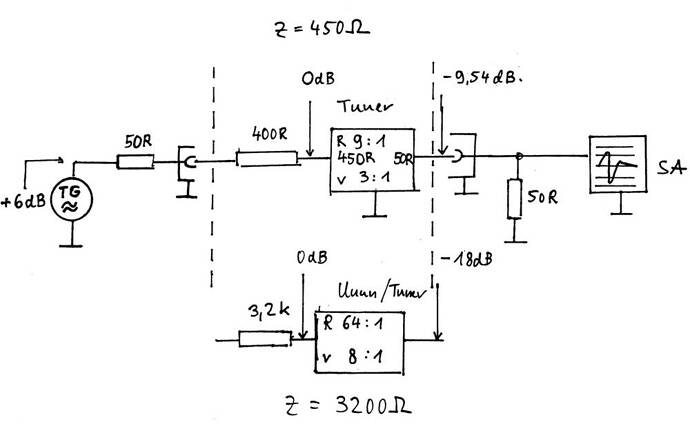Manual tuners are very personal. Depending on how you operate, with various antennas, tuners can take many forms. The more you know about your system, the more effective a particular tuner can be.
Switches give you options to match a variety of impedances, across many frequencies. If you understand your tuner, and build it yourself, the advantages of switches are obvious. Certainly too many switches can be confusing, and they may lead to bad matches, without knowledge of their function. If you have too many variables in a system, there may be unexpected consequences.
The ZM4 is somewhat similar to the ZM2 and the USA version of the BLT. The ZM4 is a true Z-match, using a double variable tuning capacitor, attached to different taps on the tuning inductor. Z-match circuits that tune two or more frequency ranges have been around since the 1940’s or earlier. They are useful, they sometimes are miraculous, but they are not very intuitive. Their functioning is complex, especially with reactive loads or high-Z loads. They can be very effective also!
I have found three main problems with the manual tuners I have used:
- Unwanted resonances at certain settings
- Common mode matches when a balanced match is desired for balanced lines
- Loss when feeding very high or very low impedances
Unwanted resonances usually cause loss and lead to incorrect settings, with little power going to the antenna. You can often find them using an analyzer connected to the input of your tuner, using very low power. Connect no load to the tuner, or a short circuit, and you can still find a match or matches at incorrect settings. These are caused by unwanted coupling, inevitable series resonances, and other parasitic behavior among the components. They often occur when trying to match a high-Z load near, or above, the upper frequency limit of a tuner.
Common mode matches occur with the BLT tuners, and probably with the Z-Match tuners. When feeding an antenna with balanced line, especially when the feedpoint has a high impedance or a very reactive impedance, an additional matched tuning occurs, usually at unexpected settings. This is because the tuner is matching the feedline and antenna as an end-fed system, with both sides of the transmission line IN PHASE. This may occur more easily if the IN PHASE impedance is easier for the tuner to match in common mode, than to match the feedline in balanced, push-pull mode. The common mode feed relies on stray capacitance to ground, as well as unwanted coupling within the tuner, spurious resonances, etc. The radio may see 50 ohms at the tuner connection, and the antenna may well radiate effectively. The antenna has become a T antenna, effectively single-wire fed, with both sides of the feedline more or less in phase. It’s really a top-loaded vertical system. Usually when this occurs, the operator either doesn’t know it’s happening, or he fails to understand it. He may know it’s not the normal match, because the tuner settings are different from what’s expected, or the adjustment of the tuning is very critical. Beware of sharp tuning!
Significant tuner loss is often caused by using a design that is not appropriate for the impedances involved. Often this is because the taps on the the main inductor are not quite right, or because the secondary circuit has too few or too many turns for an optimum match. This is almost inevitable when using a single antenna or wire on many bands. Switches or manual taps may be needed!
It is likely that autotuners have similar issues, and often the operator would not realize there was a problem, as long as there is a match for the radio.
In my experience, the Z-match and BLT-type tuners are very useful and wonderful, but they may not be ideal for feeding high-Z end-fed antennas, like the 20M wires we use for SOTA on 40-20-15M and other bands. The simple tuners I use and have described are easier to tune with fewer issues, and probably have less loss when feeding impedances above 1000-2000 ohms.
Using tuners and making contacts is a lot of fun, and there is much to be learned by experimenting and trying new tricks!
73
KX0R
George
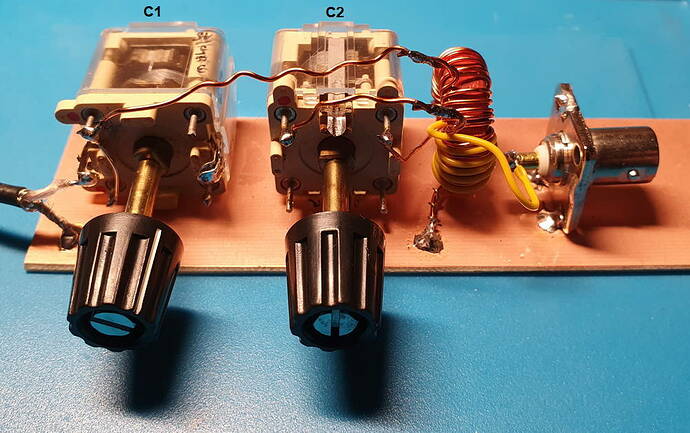
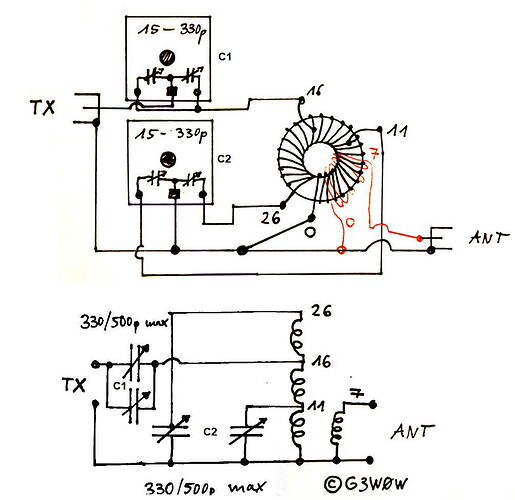


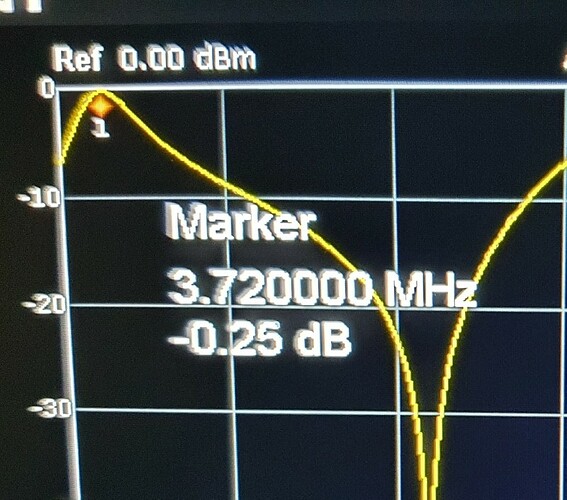
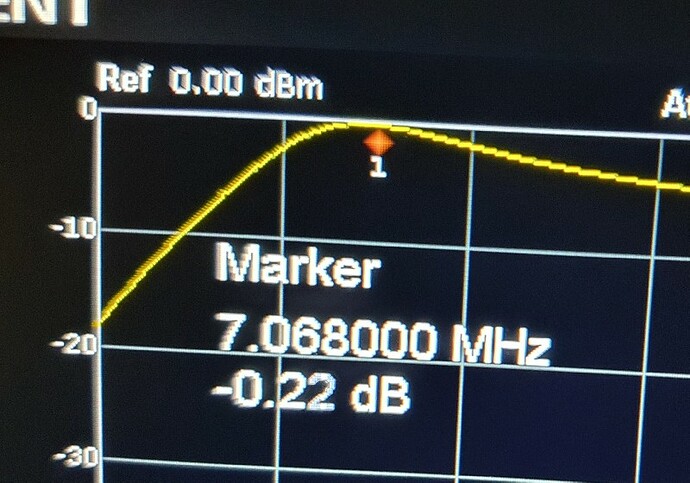
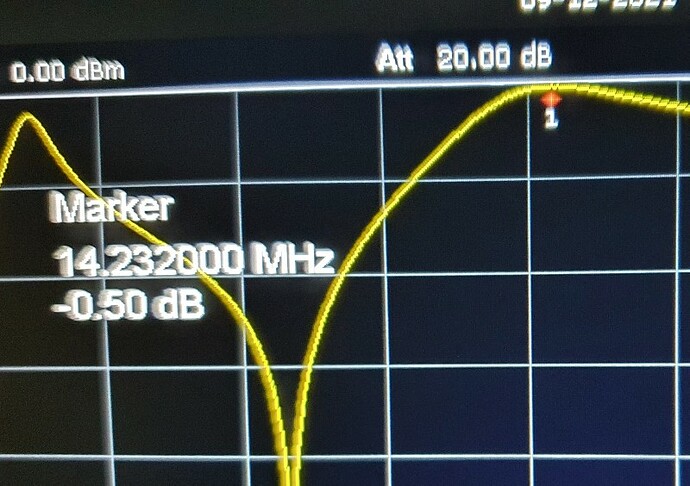
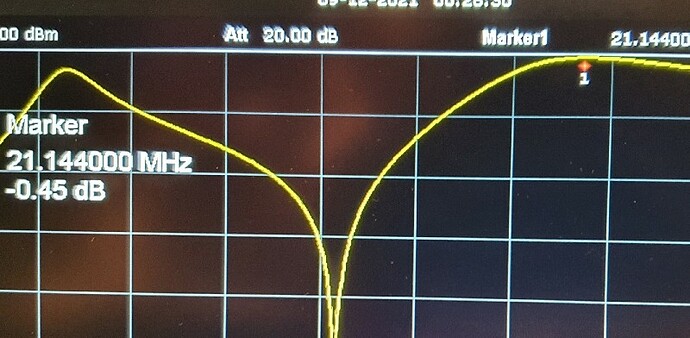
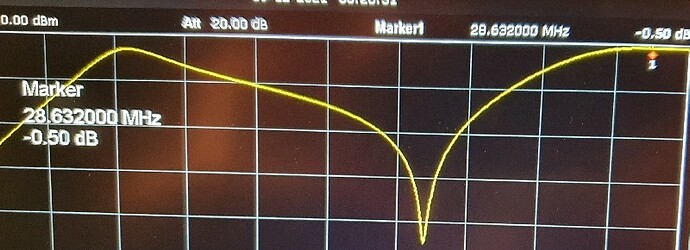
 )
)